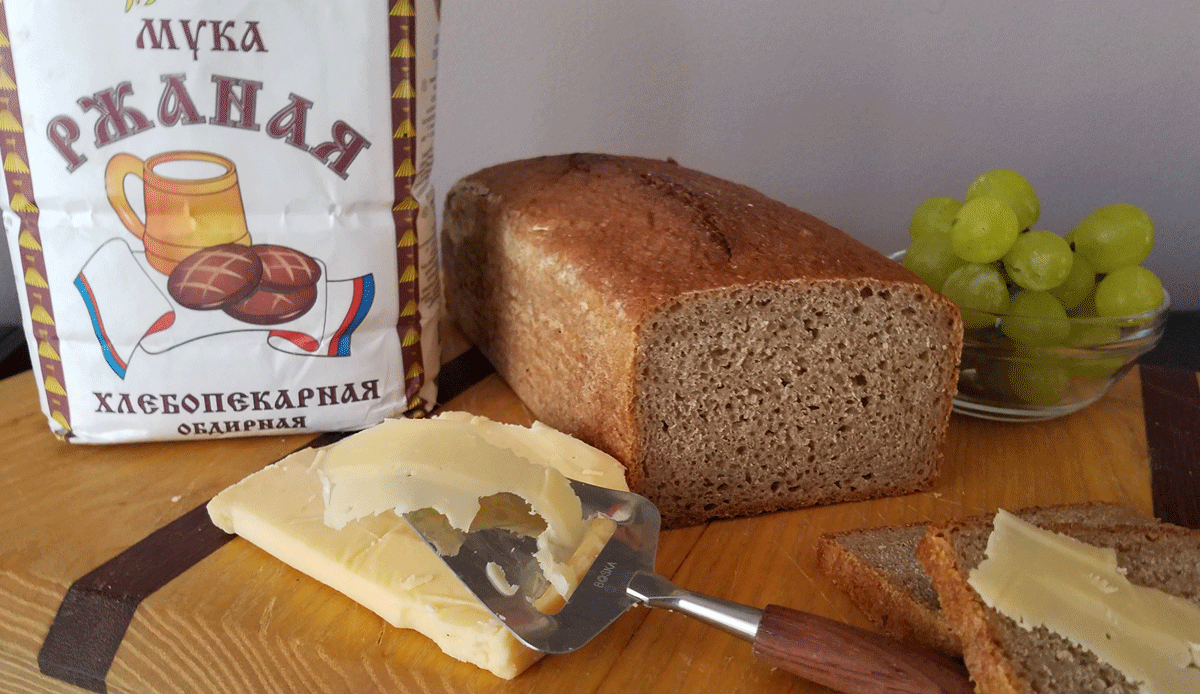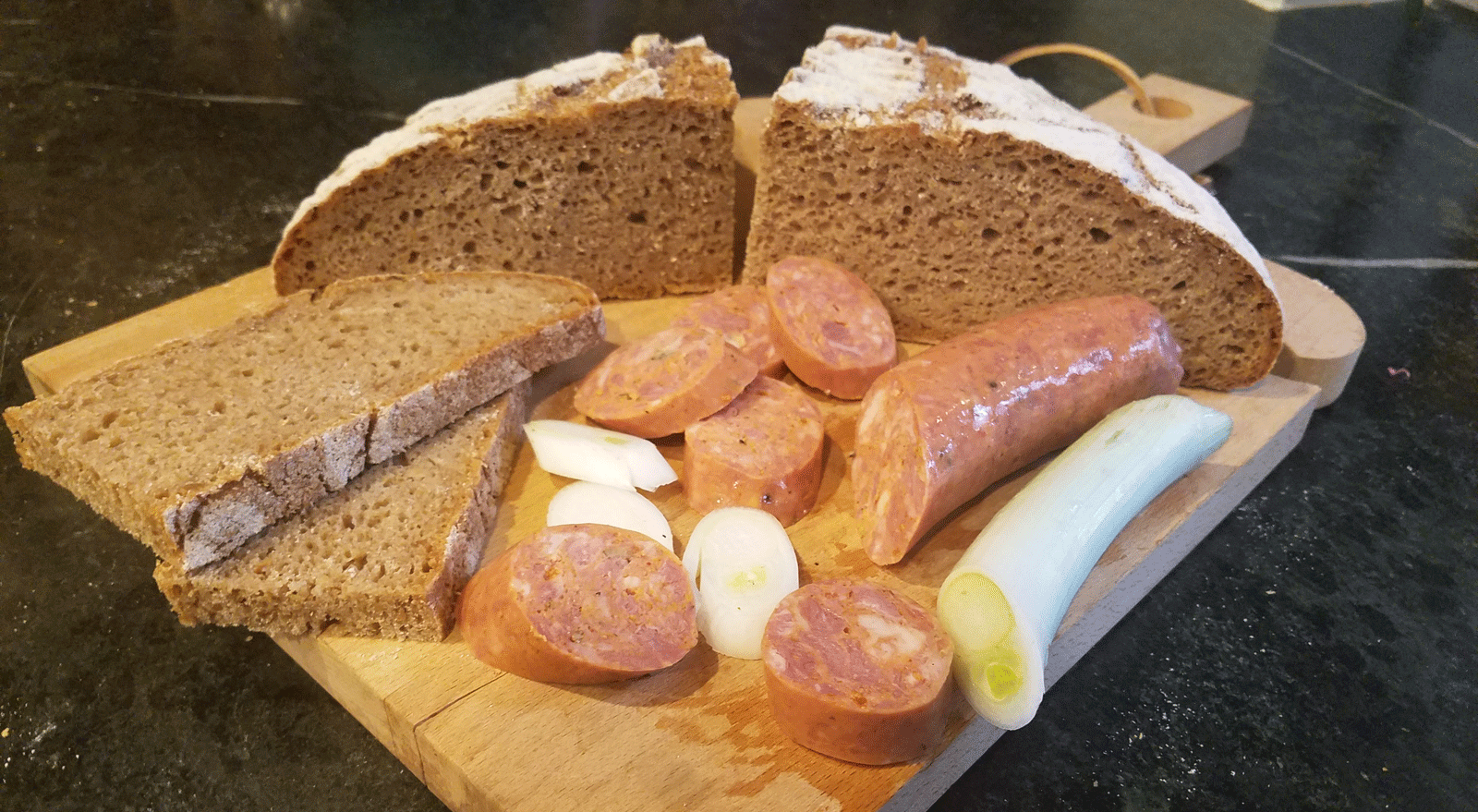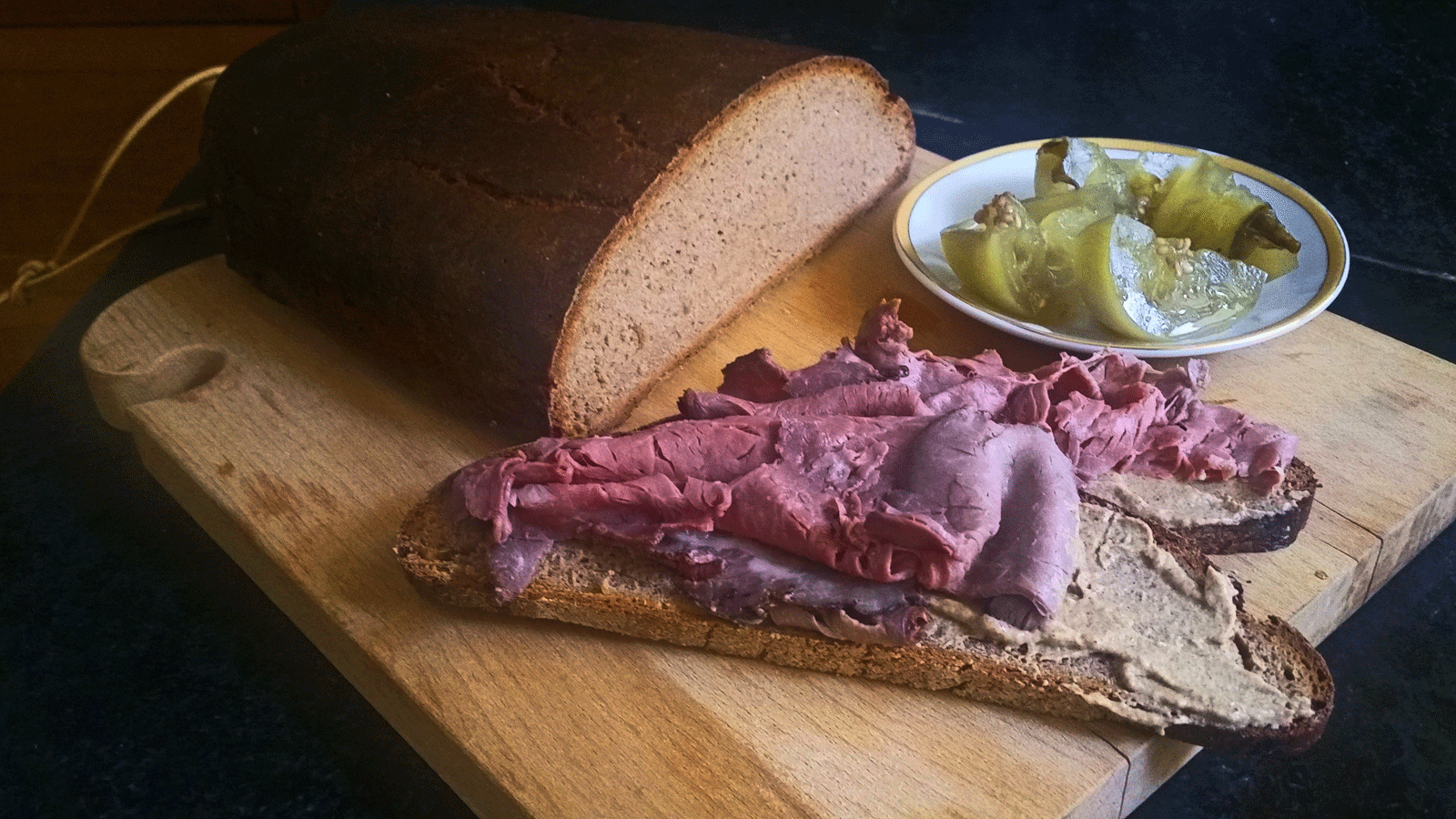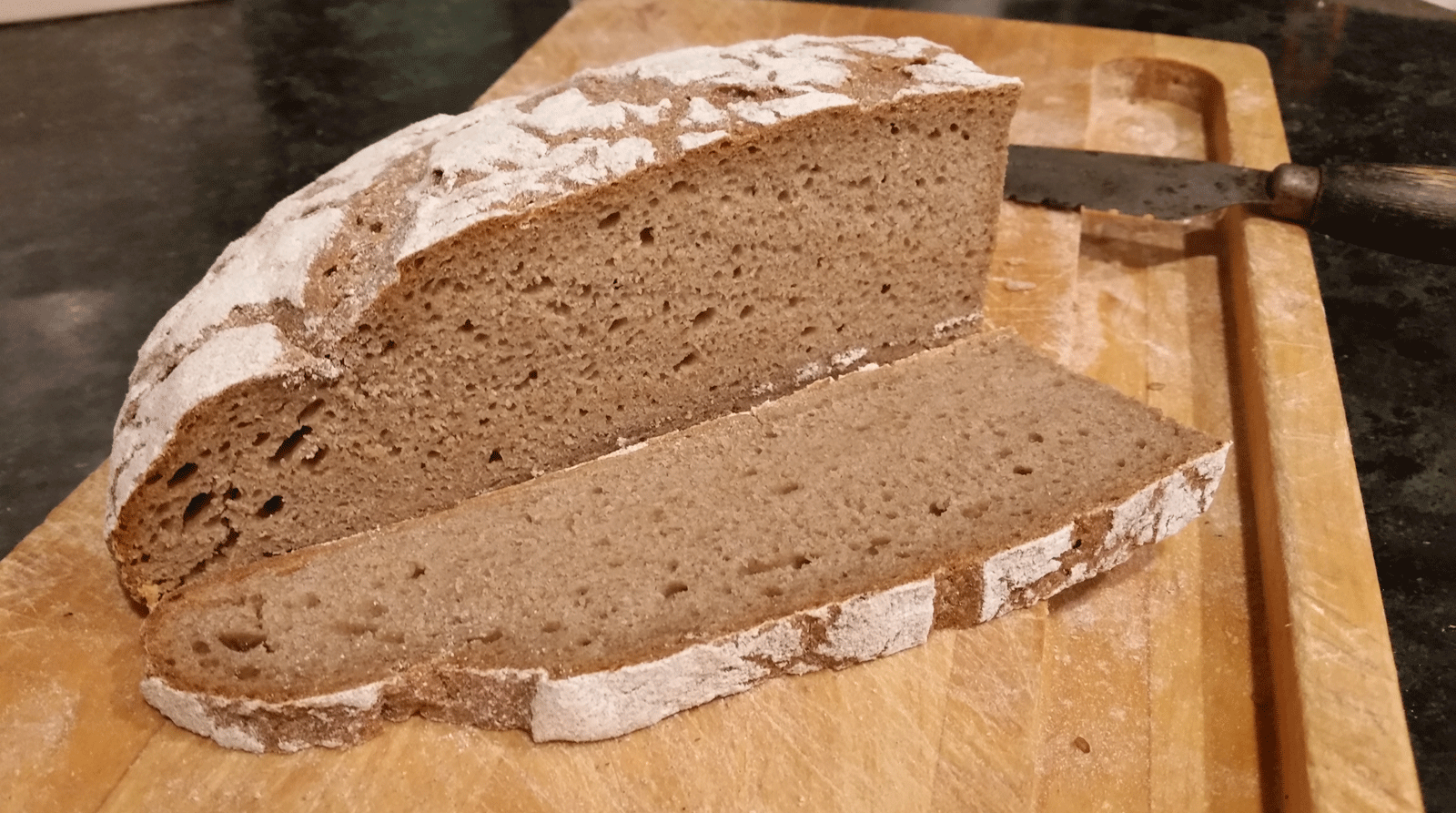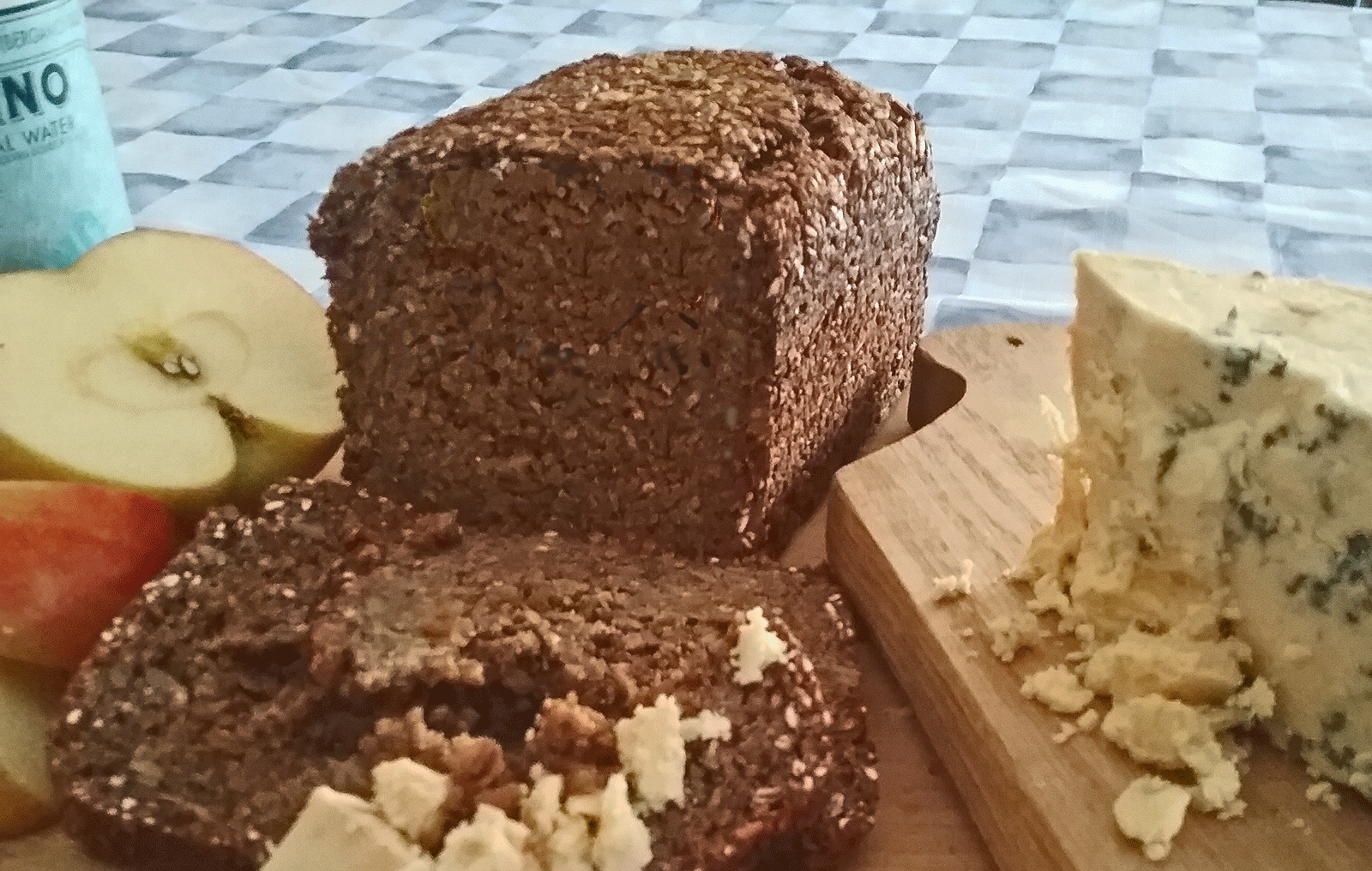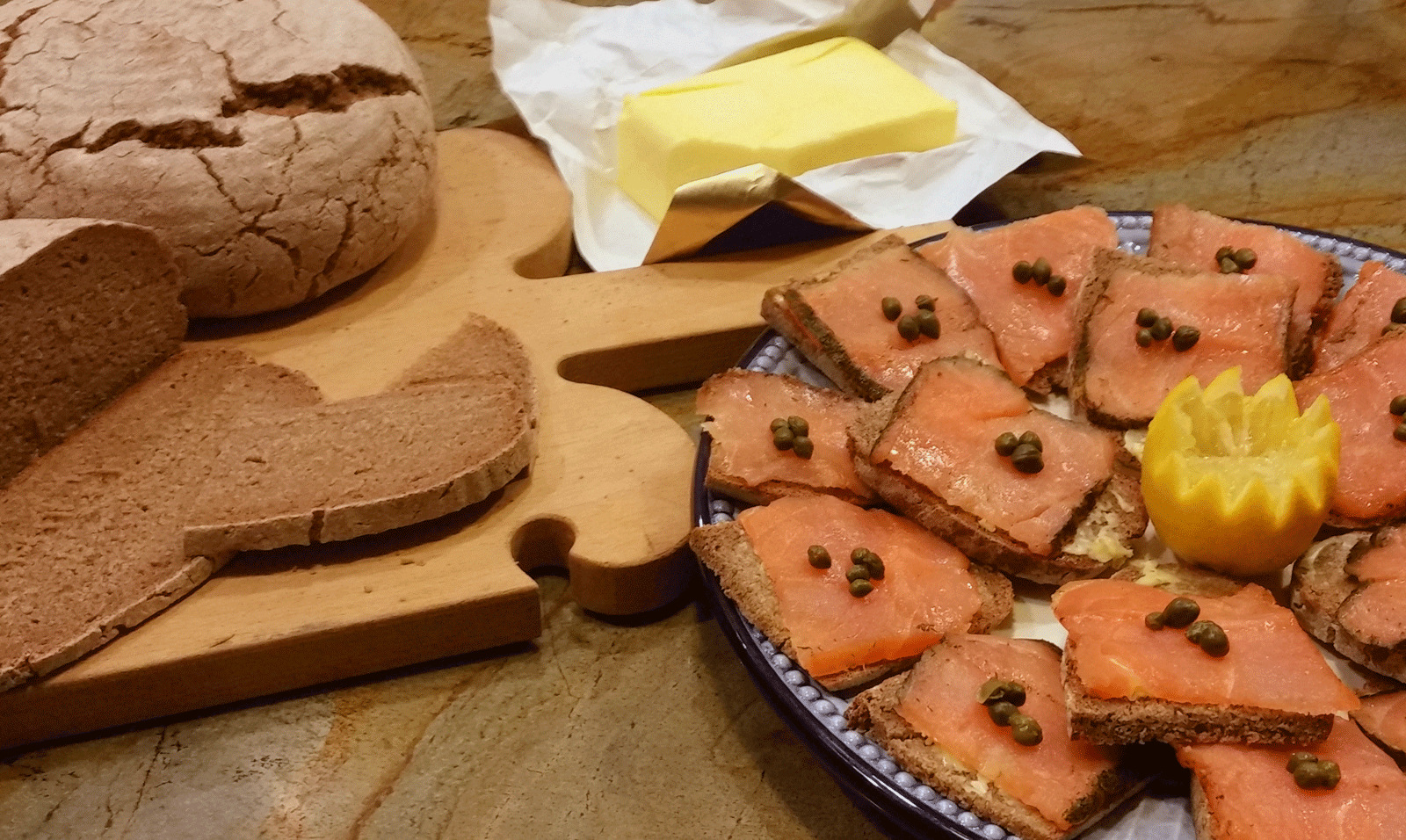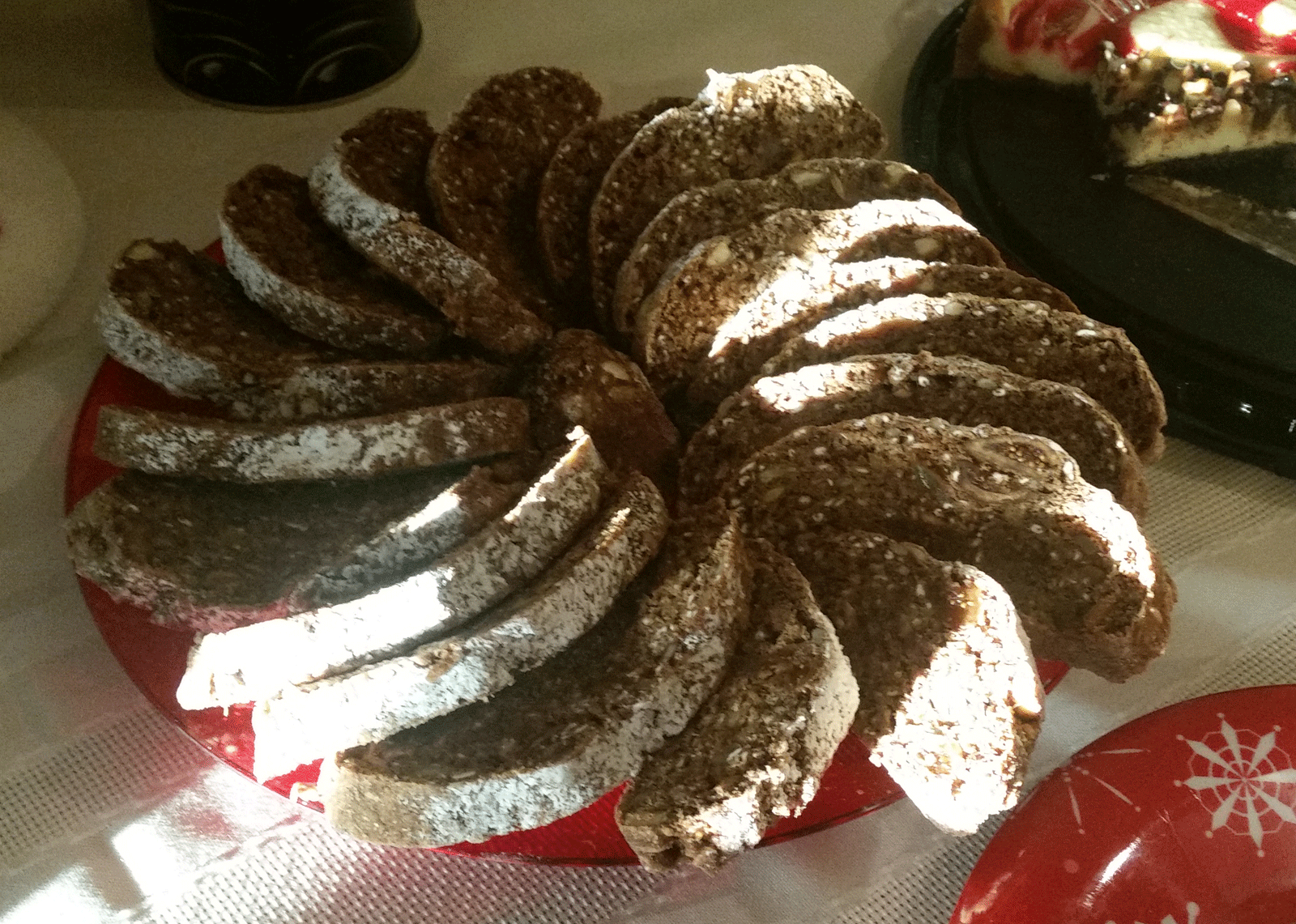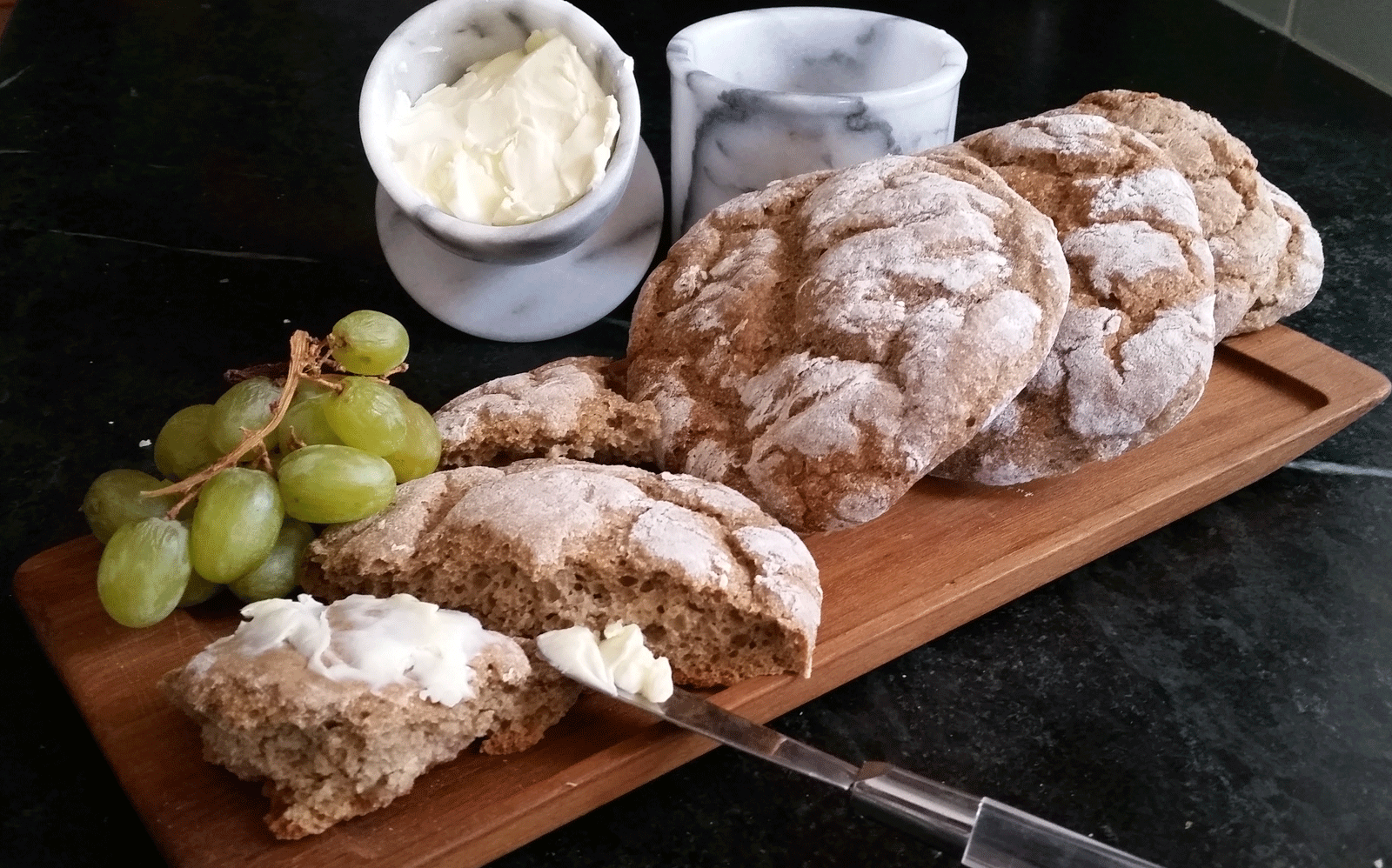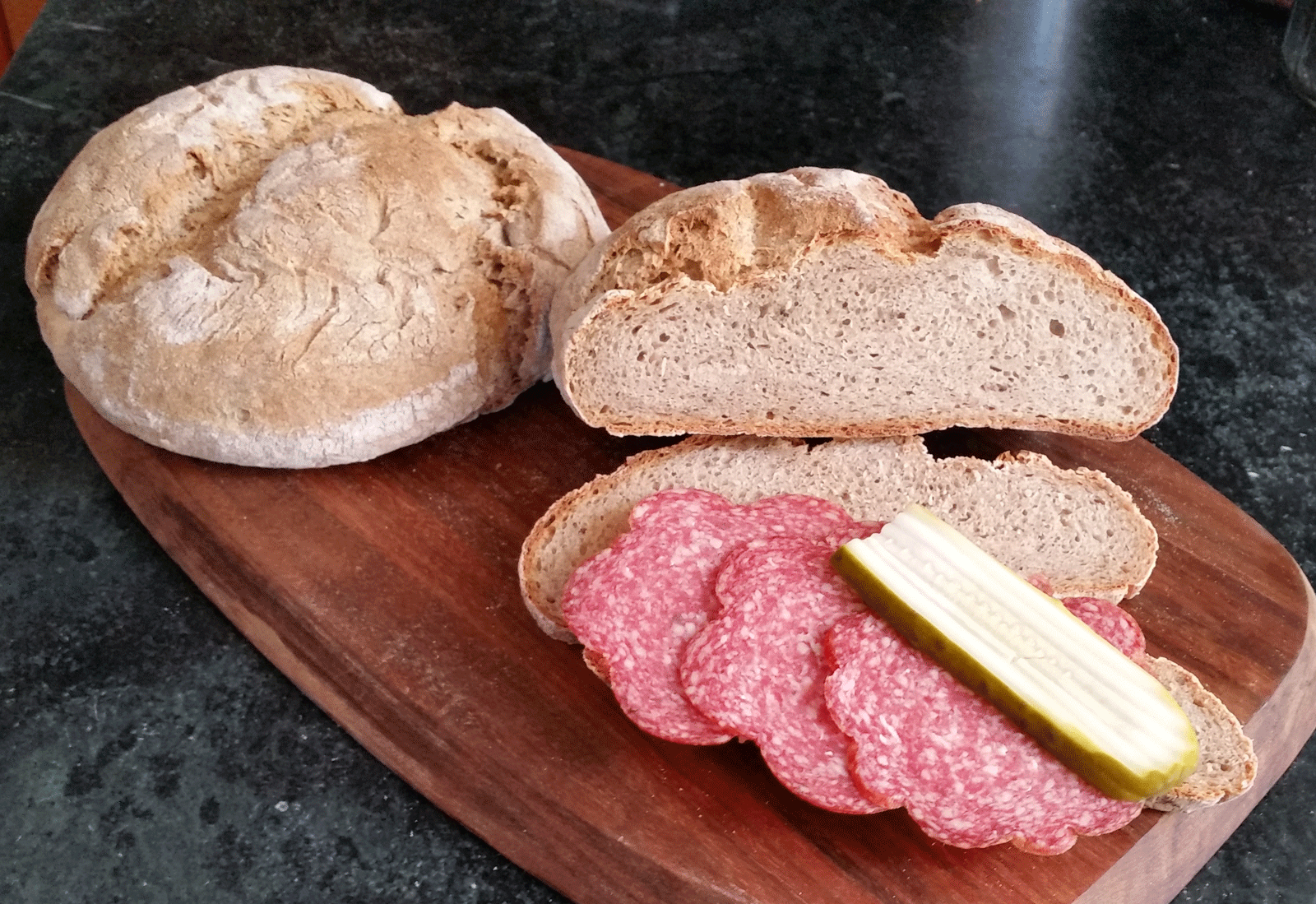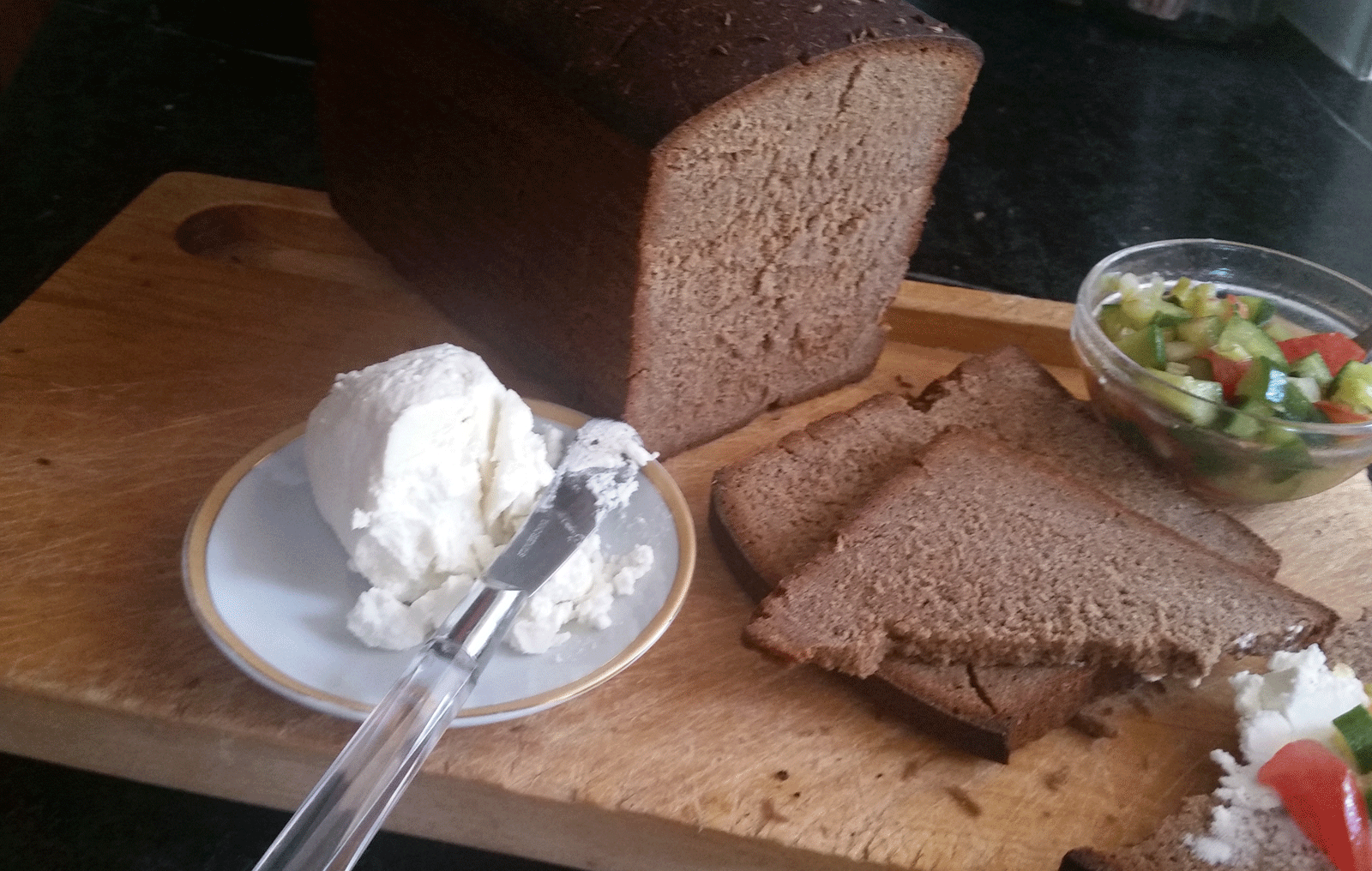| Rye %: | 69% |
| Stages: | Sponge, Final dough |
| Leaven: | Rye sour culture, Instant yeast |
| Start to Finish: | 9-10 hours |
| Hands-on Time: | 30-35 minutes |
| Yield: | One 1 ½ lb/700g loaf |
I recently was able to get hold of a couple of kilos of Russian rye flour, and so what better bread to try it out on than a Russian rye bread that specifically calls for this type of flour? The recipe comes from O Khlebe, the Russian-language blog that’s my go-to source for all breads Russian. Its name comes from its origin, Podmoskva, the region surrounding Moscow — so a northern bread with the lighter color and milder flavor associated with Russia’s largest and most cosmopolitan urban center.

